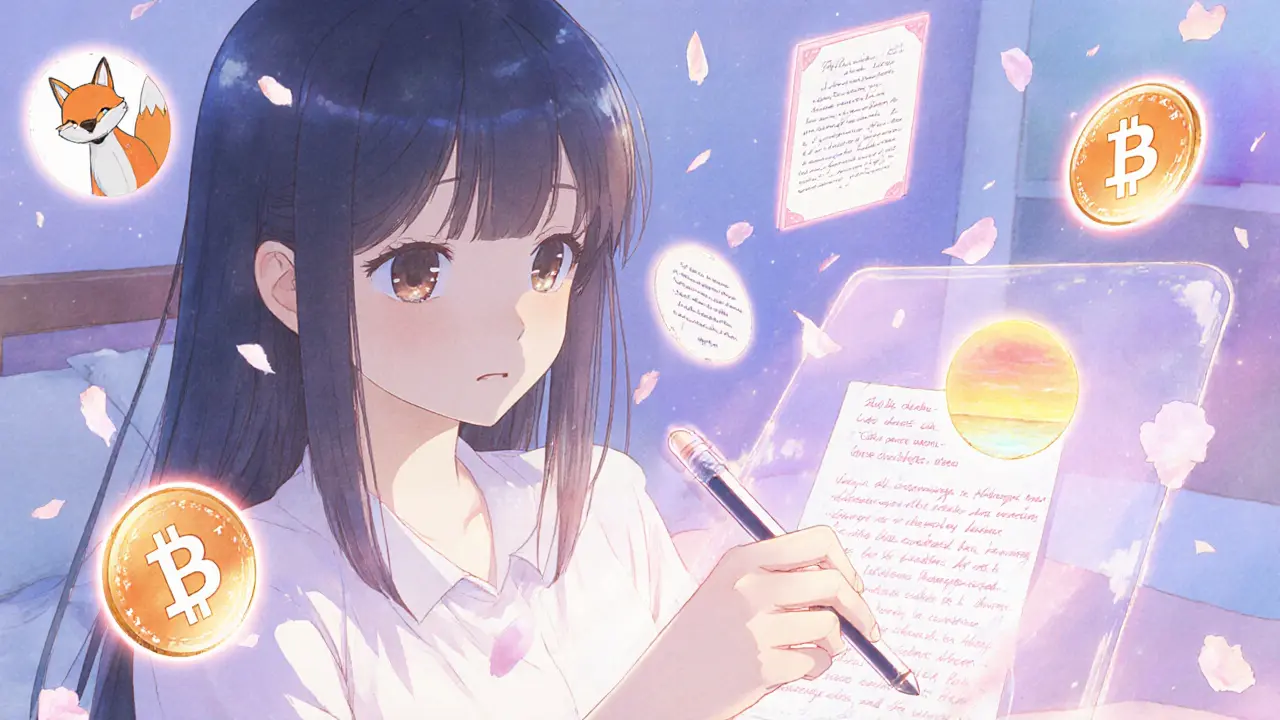Bitcoin Ordinals: What They Are, How They Work, and Why They Matter
When you think of Bitcoin, you probably think of money—digital gold, peer-to-peer cash, a store of value. But Bitcoin Ordinals, a system that lets users inscribe text, images, and even small apps directly onto individual satoshis. Also known as Bitcoin NFTs, they turned Bitcoin from just a currency into a canvas for digital artifacts. It’s not magic. It’s code. And it’s been live since January 2023. Before Ordinals, Bitcoin’s blockchain was seen as rigid—only meant for sending value. Now, every satoshi can carry a unique piece of data, like a digital postcard, a pixel art image, or even a short poem. That’s a big deal because it means Bitcoin doesn’t need Ethereum or Solana to host NFTs anymore. It can do it itself.
How does it work? Every Bitcoin transaction has inputs and outputs. Ordinals exploit a loophole: instead of just moving coins, you attach extra data to a satoshi—the smallest unit of Bitcoin. That satoshi becomes unique, like a numbered baseball card. The data gets permanently stored on the Bitcoin blockchain. No sidechains. No wrapped tokens. Just raw Bitcoin. This ties directly to inscriptions, the actual files or text embedded into Bitcoin via Ordinals. These inscriptions are what people trade, collect, and sometimes sell for thousands. Some are simple ASCII art. Others are full animations or interactive games. And because they’re on Bitcoin, they’re as secure as the network itself—no smart contract bugs, no rug pulls from devs. That’s why people call them the most trustworthy NFTs out there.
But it’s not all smooth sailing. The rise of Ordinals caused congestion on Bitcoin’s network. Transaction fees spiked. Miners started prioritizing these inscriptions because they paid more. Critics say this goes against Satoshi’s original vision—Bitcoin as a payment system, not a data storage tool. Supporters argue it proves Bitcoin’s flexibility and proves users will pay to own something truly scarce and immutable. Either way, Satoshi's Vision, the philosophical idea that Bitcoin should remain decentralized, censorship-resistant, and unaltered. Ordinals force you to ask: is Bitcoin a ledger for money, or a ledger for everything? The answer might depend on what you value more: security or utility.
What you’ll find below isn’t just a list of articles. It’s a snapshot of the crypto world reacting to this shift. You’ll see posts on meme coins with no real value, airdrops that don’t exist, and exchanges that hide their fees. These aren’t random. They’re the flip side of the same coin. While Ordinals made history by putting art on Bitcoin, the rest of crypto is still full of noise—projects built on hype, not tech. That’s why this collection matters. It helps you separate what’s real from what’s just loud. Whether you’re into Bitcoin’s new frontier or just trying to avoid scams, what follows gives you the clarity you need to decide what’s worth your time—and what’s not.
UniSat Wallet Review: The Best Tool for Bitcoin Ordinals and BRC-20 Tokens
Nov, 5 2025
UniSat Wallet is not a crypto exchange - it's the leading tool for Bitcoin Ordinals and BRC-20 tokens. Learn how it works, how it compares to other wallets, and why it's the best choice for Bitcoin NFT collectors.
Read Article→
